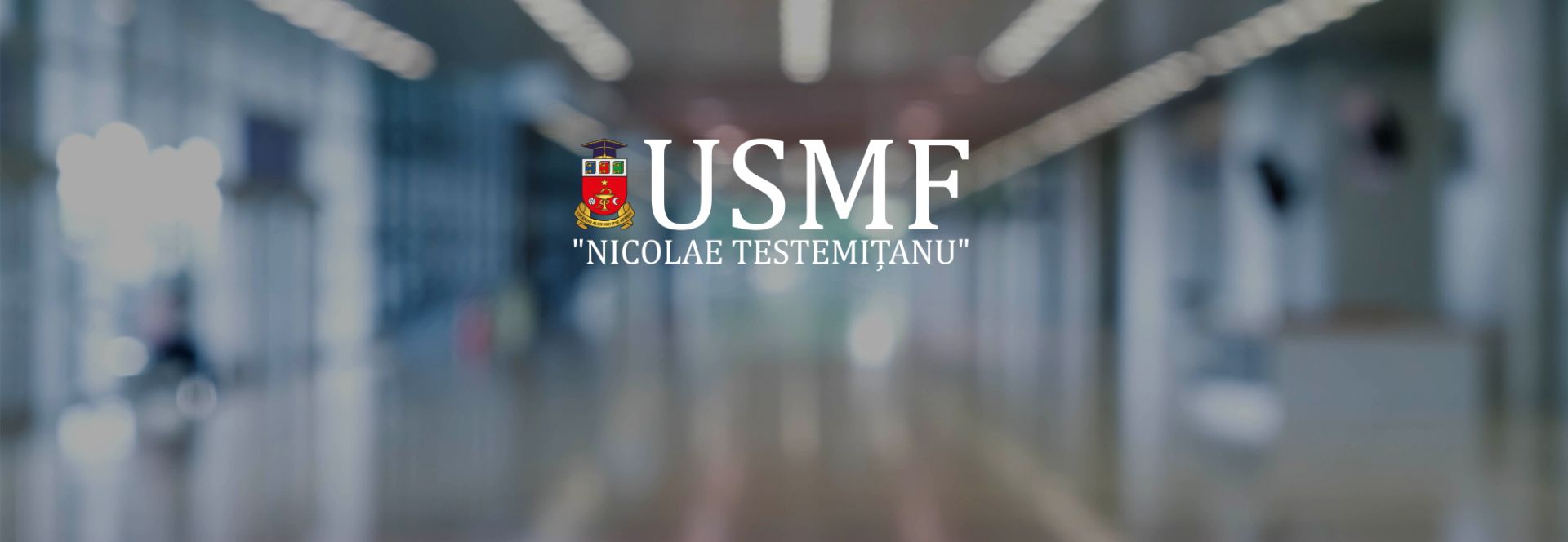UNIVERSITY MUSEUM OF THE HISTORY OF MEDICINE
University Museum is an educational and scientific institution set up with a view to studying the foundation and development process of the university on which the ethical and deontological education of the young generation is based. Given the fact that capitalizing on past achievements guarantees a prosperous future and the importance of the past resides in leaving its legacy to the present, we can say with certainty that the museum is an institution that collects, stores and retains the finest historical materials, for cultural and educational purposes, as well as for promoting new ideas, visions and advancements.
A major goal of any self-respecting university is the knowledge of its own history. In this context, we want to mention that the museum has been designed in the spirit of respect for the past and the values passed on to the new generation, while the exhibits – photographs, treatises, scientific papers, journals, diplomas, certificates, – have been accumulated over time.
Since its foundation in 1975 until today, several significant steps in the evolution of the museum happened.
Museum of the history of medicine has emerged as an initiative and under the direct leadership of the distinguished physician, scientist and statesman Nicolae Testemitanu – organizer of healthcare system, rector of Chisinau State Medical Institute between 1959-1963, who laid the foundation of medical education in Moldova. Nicholae Testemiţanu was always of the opinion that Moldova should train its own specialists in the area of medicine. The museum was founded in 1975, being focused on images from the history of medicine. The first exhibitions of the Museum of the history of medicine were dedicated to the memory of doctors of the Institute of Medicine and Pharmacy, participants in the Great Patriotic War (1941-1945), a subject of many other exhibitions organized by the museums of Chisinau. In 1975, a group of academics of the Social Hygiene Department, headed by professor Nicholae Testemiţanu, received the State Prize in Science and Technology, a phenomenon widely promoted in the museum’s activity.
The room where the museum was located initially (the current meeting room, study block C) was unsuitable for a museum. All the exhibits were displayed in a disorganized manner, thematic exhibitions were held in cramped space, auxiliary storage rooms were missing. To solve the problem, in 1985, the Senate and Vasile Anestiadi, rector of Chisinau State Institute of Medicine and Pharmacy, made the decision to submit a petition to the Government, requesting the transfer of the “S. Lazo House museum” under the Institute’s management.
Between 1978-1986, the Museum dedicated its work to scientific and teaching activity. At that time the museum had many visitors and was popular among both students and medical specialists. New forms and methods of teaching and evaluating knowledge were implemented, as the didactic activity started to gain momentum. Teaching and methodical materials in all disciplines were reissued and the educational process had been significantly improved.
In the spring of 1987, according to the decision of rector Leonid Cobileanschi, the museum moved from the administrative block C to the house where our compatriot S. Lazo, participant in the civil war in the Russian Far East, lived between 1910-1912. During this period of time, the personnel of the museum developed a thematic exhibition plan. Thus, Museum’s visitors became familiar with the new exhibition located in seven themed halls: higher medical education; medical science; remarkable personalities; founders of departments and scientific medical schools; achievements in the field of medicine. The Museum’s funds were supplemented with over 3,000 new materials and exhibits and this was only the beginning. The attendance figures reached 5,000 visits per year, and the number of employees of the museum increased as well. The museum was visited by former presidents of the country P.Lucinschi, M.Snegur and numerous international delegations (from Romania, Germany, France, Bulgaria, Russia, etc.).
In 2002 the “Museums Law” No.1596-XV was passed. Due to the aforementioned law, which stipulates the structure, organization and operation of museums, museum heritage, material and technical resources, the museum staff has taken steps to systematize the museum heritage and has made the first attempts to relocate to another office.
Between 2005-2011 the museum’s activity focused on the selection of materials for the renewal of the museum stands regarding academicians and corresponding members of the Academy of Sciences of Moldova. The Museum Guide that presents the development stages of the university museum was published.
To ensure the continuous functioning of the university museum, rector and academician Ion Ababii took vigorous actions aimed at the construction of a new building of the museum, located near Nicolae Testemitanu housing complex in Malina Mica district. The idea of creating a National Museum of the History of Medicine in the Republic of Moldova has been also promoted.
Currently, one of the priorities is to gather historical materials from medical institutions across the country and create a database that covers the history of medicine. At the same time, activities related to the establishment of a database of digital museum photos are being carried out.
Every person is like a question posed to the spirit of Universe. The answer lies in discovering one’s true purpose in life, learning new things, making a positive impact on the world and leaving the knowledge obtained in this journey of life to the future generations as a last will dedicated to the perpetuation of society memory.
The Museum of the History of Medicine has a definite chance of achieving its desired goal: the formation of a powerful arsenal with the help of which our people can exhibit their ancestral heritage in the field of medicine.

